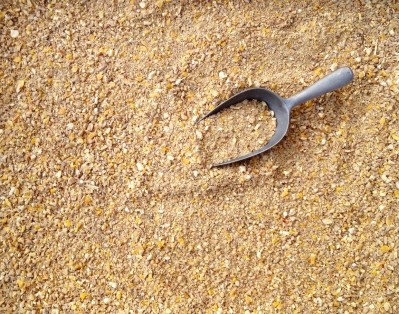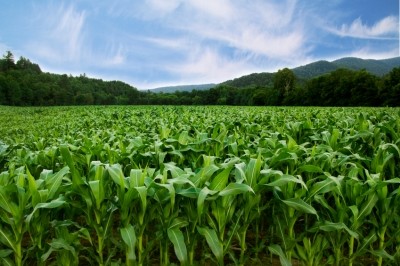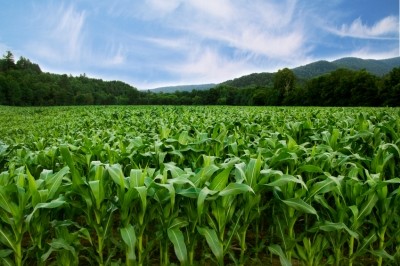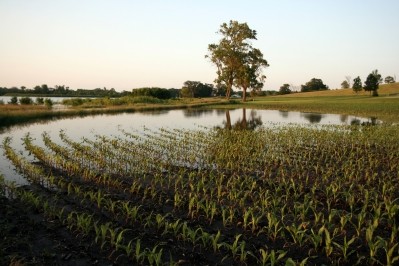US feed crop planting slows
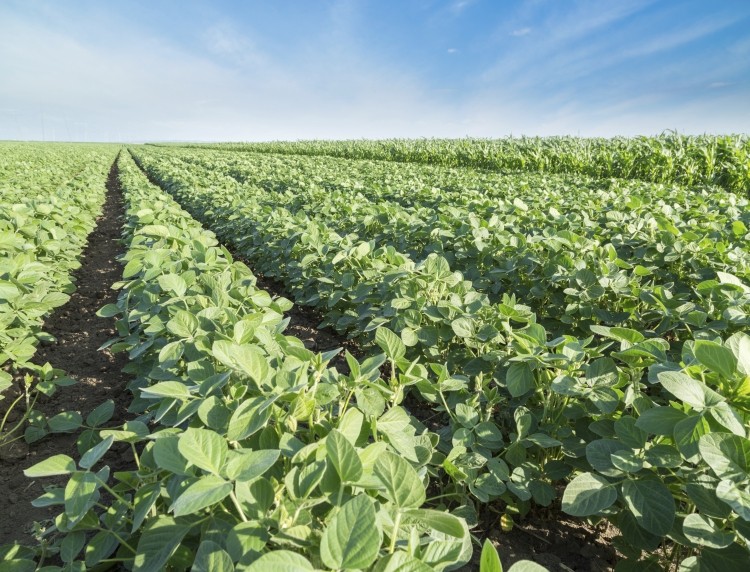
Planting of corn and soybean in several states is off the pace of last year, reported the US Department of Agriculture (USDA) in its crop progress report. However, many states remain ahead of average planting rates.
But farmers won't be so concerned right now, said Doug Winter, an Illinois director for the United Soybean Board, who grows corn, soybeans and wheat.
“Most guys are looking around June 1, and that’s about what I adhere to, the 1 to the 5 of June will about be the end of corn planting,” he told FeedNavigator. “At that point you start pushing, trying to figure out if it’s going to get mature or not, plus it’s trying to go through pollination at the worst part of the summer.”
Corn and soy
The overall crop planting for the 18 states that provide the majority of the US corn crop has reached 75%, said the USDA. However, this time last year, about 82% of planting had been done this time and the average is 70%.
In corn, several states are behind both last year’s plantings and the multi-year planting average, reported the USDA. These states include Indiana, Michigan, Nebraska, Ohio and South Dakota.
Illinois is reported being about 83% done statewide, but growers in the southern part of the state have seen challenges from ongoing wet weather, said Winter.
“Nearly everyone I talk to is someplace around 35-50% done on corn,” he said. “The guys that have beans in the ground, it’s way less, about 5% of the soybeans are planted and the guys that do have them planted, think that they’re going to have to replant. They’ve got so many drowned out spots and emergence problems with so much water on top of them.”
In soybeans, about 36% of the crop has been planted slightly ahead of the multi-year average of 32%, said the USDA. Last year about 41% of the crop had been planted by this time.
Illinois, along with several other states including Indiana, Kansas, Louisiana, Michigan, Nebraska and Ohio are behind both where they were at this point in 2015, and their average planting for this time of year, the agency reported.
Other feed crops
Overall sorghum planting is behind both where the crop was at this time last year and the average plantings, with about 33% planted, said the USDA. In 2015, about 36% of the crop had been planted at this time.
Louisiana has seen the most progress with 91% of the crop planted, which is behind where it was last year at 94%, said the agency.
Missouri has surpassed where it was both last year and the multi-year average for planting at this time, about 43% of the crop is in the ground compared to 30% last year and an average of 25%, said the agency. Texas also has outperformed where it was last year, but is behind its multi-year average.
Sugar beet planting across the country is at 97%, although it was completed at this time last year, said the USDA. The multi-year average for the crop is 74%.
However, the winter wheat crop continues to be ahead of where it was last year and in average, the agency reported. The 18 states responsible for the majority of the winter wheat crop have seen about 68% headed compared to an average of 56%.
The amount of the crop rated at excellent is at 11%, which is an improvement to last year, said the USDA. The amount rated good is at 51%, higher than last year’s 37%.
About 89% of the spring wheat crop is planted, an improvement on the average of 64%, but slightly behind last year’s 92%, it said. The oat crop is in between where it was last year and its average planting.
Weather influences
Rain has brought planting delays and left water standing in some fields, said Winter. However, it has not generated the same concern that came with flooding in early June last year.
That flooding came after most crops were in the ground in Illinois and meant some acres had to be replanted in a different crop, he said.
However, wet weather can cause corn to produce relatively shallow roots, he said.
“We’ve got enough moisture right now that most of the corn roots are fairly shallow, and that was one of the things that got us in the drought of 2012,” said Winter.
A similar shift, potentially brought by a move into a La Nina weather pattern could bring challenges for corn during kernel development, he said. “We’ve probably got adequate soil moisture to get us through pollination period, but that’s when we’re going to start [watching], when we start that kernel fill period is when we’re going to be kind of on the edge of things.”
